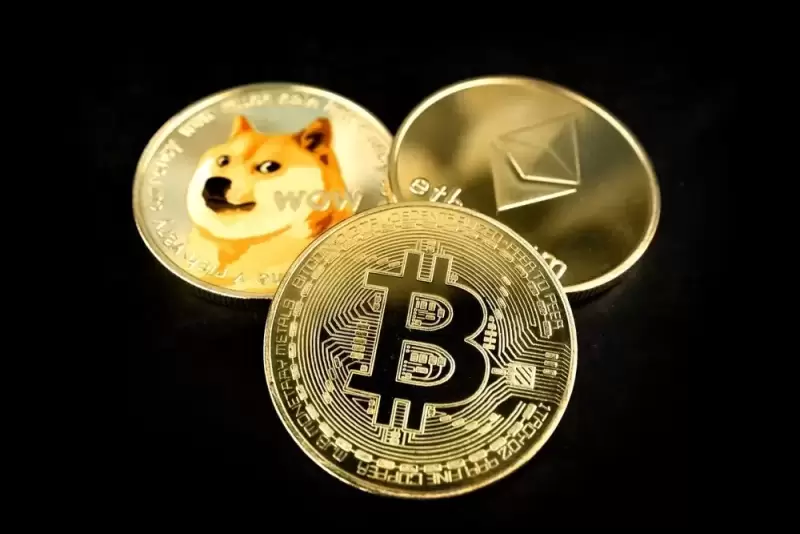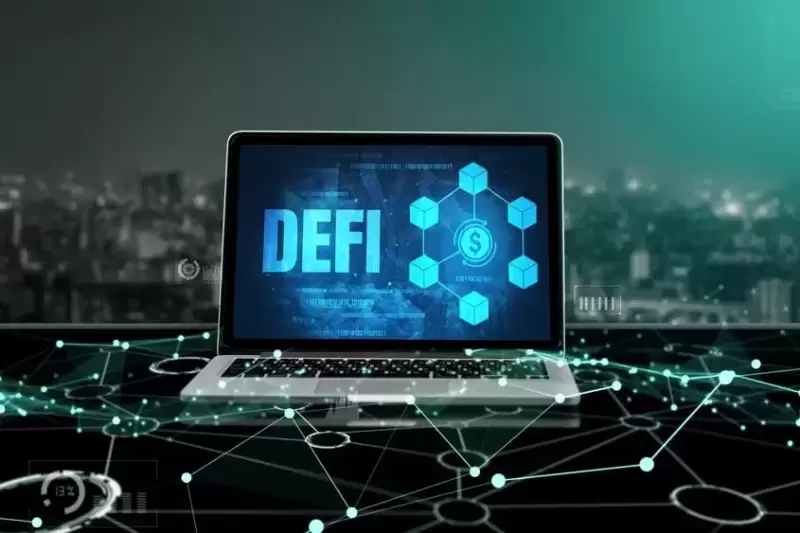 |
|
 |
|
 |
|
 |
|
 |
|
 |
|
 |
|
 |
|
 |
|
 |
|
 |
|
 |
|
 |
|
 |
|
 |
|
Cryptocurrency News Articles
Geopolitical and Regulatory Forces Shape Bitcoin's Future
Jan 26, 2025 at 07:49 pm
Bitcoin, as a decentralized and borderless digital asset, exists within a broader global context that is heavily influenced by geopolitical tensions and regulatory frameworks.
Bitcoin, a decentralized and borderless digital asset, exists within a broader global context that is heavily influenced by geopolitical tensions and regulatory frameworks. These external factors can shape the demand, adoption, and growth of Bitcoin, especially following significant events like the 2024 halving.
Given Bitcoin’s potential to serve as a store of value, a hedge against inflation, and a means of financial independence, understanding the intersection of geopolitics and regulation is essential for predicting its trajectory in the post-halving environment.
In this section, we will explore how global political instability, international conflicts, economic sanctions, and regulatory measures can affect Bitcoin’s market dynamics and long-term viability.
1. Geopolitical Instability and Bitcoin as a Safe-Haven Asset
Political and Economic Sanctions
Geopolitical tensions can lead to political and economic sanctions imposed by governments and international bodies, often aimed at limiting a country’s access to global financial systems. Countries that face sanctions are often forced to find alternative ways to conduct international trade, preserve wealth, and avoid restrictions on their financial systems. This is where Bitcoin’s decentralized nature can become highly appealing.
For example, during the 2014 Crimean crisis, when Western sanctions crippled the Russian economy and limited its ability to trade internationally, there was a surge in interest and adoption of Bitcoin in Russia. Bitcoin provided a way to circumvent the sanctions and continue international trade and commerce.
Similarly, in Iran, which has been under U.S. sanctions for decades, Bitcoin has gained popularity as a means to preserve wealth and facilitate international transactions despite the country’s limited access to the global financial system.
2. Bitcoin’s Role in Global Trade and Financial Sovereignty
Bitcoin as a Tool for Financial Sovereignty
In a world where trade wars and currency devaluation are becoming more prevalent, Bitcoin’s decentralized structure offers a form of financial sovereignty that is not tied to any single country or centralized authority. This could make it an important asset for individuals and nations that are concerned about losing control over their monetary systems.
For example, during the 2018 trade war between the United States and China, both countries engaged in tit-for-tat tariffs and currency manipulations, leading to economic instability and a loss of trust in fiat currencies. In response, there was a growing interest in Bitcoin as a neutral and decentralized store of value that could help preserve wealth and protect against currency devaluation.
3. Bitcoin’s Response to Regulatory Pressures
While Bitcoin’s decentralized nature makes it resistant to direct control by any single government, it is still subject to the regulatory environment of the countries where it is used. Regulatory frameworks are one of the most significant factors influencing Bitcoin’s adoption and growth, particularly after the 2024 halving. The degree to which Bitcoin is embraced or restricted by various countries will have far-reaching implications on its future.
Positive Regulation: Clarity and Legitimacy
Some countries are embracing Bitcoin and cryptocurrencies by providing clear, positive regulatory frameworks that foster innovation and adoption. Positive regulation typically includes:
- Recognizing Bitcoin as a legal asset or property
- Establishing clear rules for cryptocurrency exchanges and businesses
- Providing guidance on taxation and reporting requirements for digital assets
Positive regulation helps to legitimize Bitcoin and make it more accessible to institutional investors and mainstream users. For example, in the United States, the Commodity Futures Trading Commission (CFTC) has taken a relatively hands-off approach to regulating Bitcoin, classifying it as a commodity and allowing for the launch of Bitcoin futures ETFs. This has contributed to the growth and mainstream adoption of Bitcoin in the U.S.
Negative Regulation: Restrictive Measures and Bans
While some countries have welcomed Bitcoin, others have taken a more cautious or hostile stance. Negative regulation typically manifests in:
- Outright bans on Bitcoin and other cryptocurrencies
- Restrictive licensing requirements for cryptocurrency exchanges
- Heavy taxation and reporting burdens on digital assets
Negative regulation can stifle the adoption and growth of Bitcoin in those countries. For example, in China, where Bitcoin was once thriving, a series of crackdowns and bans on cryptocurrency exchanges and mining operations led to a significant decline in Bitcoin activity and drove many Chinese users to the black market.
Global Regulation: Coordination and Consensus
The future of Bitcoin’s regulation depends on how global governments choose to approach cryptocurrency in the coming years. A global consensus or coordinated regulatory approach would provide a more stable and secure environment for Bitcoin and other digital assets. However, there are significant challenges to achieving such coordination due to the varied interests of countries.
4. Bitcoin’s Role in the Future Financial System
Despite the regulatory challenges, Bitcoin’s role as a global digital asset is becoming increasingly important in the context of a rapidly changing financial system. As central banks and governments explore the potential of central bank digital currencies (CBDCs) and other blockchain-based solutions, Bitcoin is positioning itself as a non-sovereign alternative to government-backed currencies.
Whether it becomes a global reserve asset, a mainstream
Disclaimer:info@kdj.com
The information provided is not trading advice. kdj.com does not assume any responsibility for any investments made based on the information provided in this article. Cryptocurrencies are highly volatile and it is highly recommended that you invest with caution after thorough research!
If you believe that the content used on this website infringes your copyright, please contact us immediately (info@kdj.com) and we will delete it promptly.
-

-

-

-

-

-

-

-

-

- With the Acquisition of 22,048 Bitcoin, Strategy (formally Microstrategy) Elevated Its Total Holdings to 528,185 BTC
- Apr 01, 2025 at 04:45 am
- Kicking off the week, Michael Saylor, Strategy's founder and executive chairman, announced the firm's acquisition of 22,048 BTC, propelling its total holdings to 528,185 BTC




























































